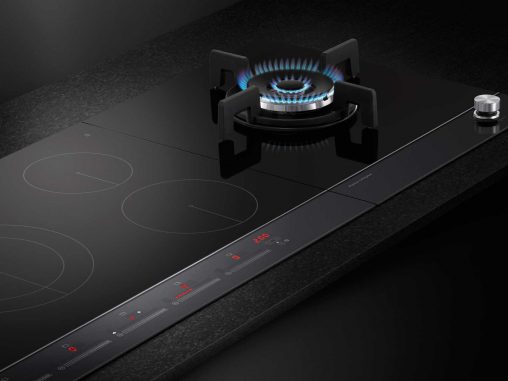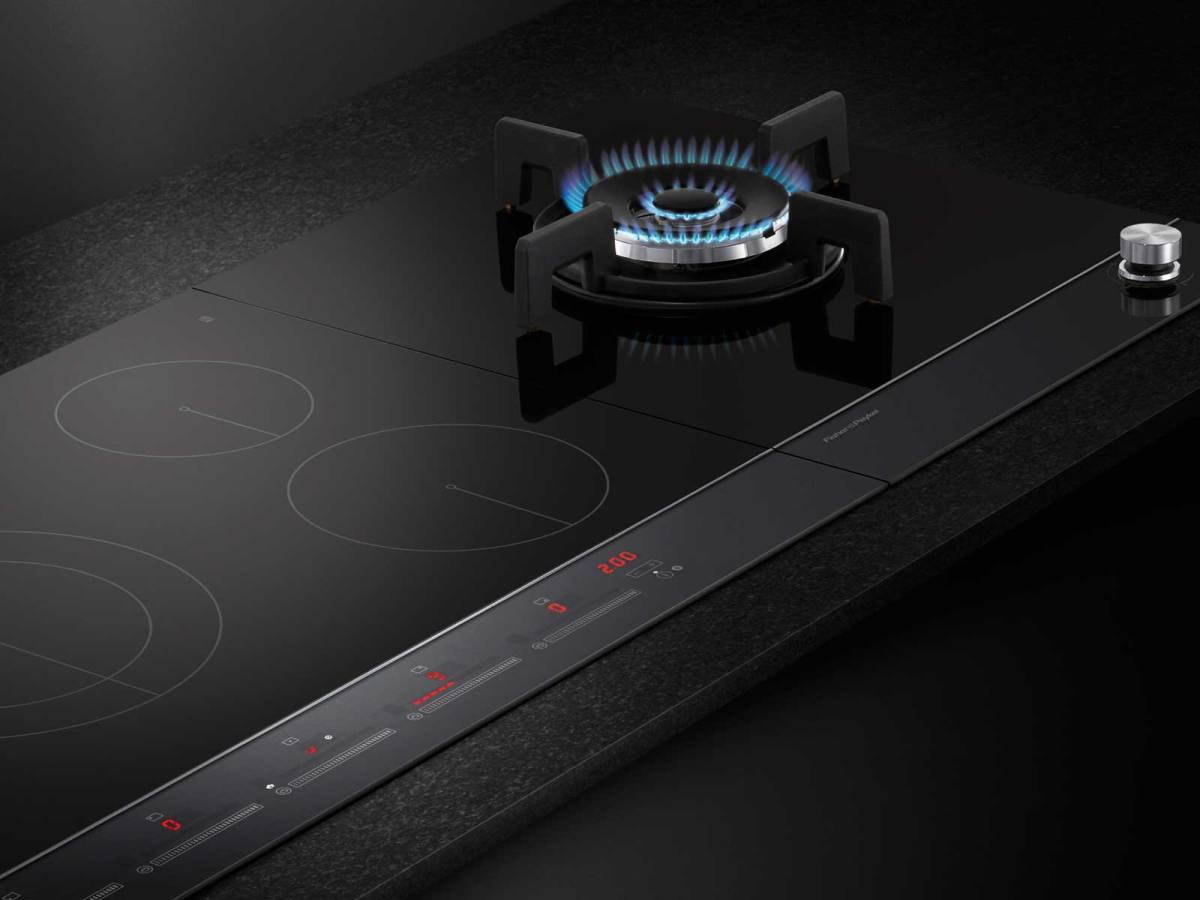
Mark Elmore, head of industrial design at Fisher & Paykel, provided an insight into his company’s move into the premium kitchen appliance market and what role design played in turning around its fortunes after a close call in 2008, in a presentation at the Good Design Forum in Sydney.
The New Zealand business, which is now owned by Chinese company Haier, began as an import business in 1934, but a few years ago it looked like it might not have lived to see its 80th birthday.
Pre-2008, Fisher & Paykel had grown into a billion dollar company and was in 50 countries with manufacturing operations in Australia, New Zealand, Mexico, USA, Thailand and Italy, Elmore said.
“Then 2008 came. And for Fisher & Paykel… we nearly died at that point, it was almost the end of us.
“Mike Tyson has a famous quote, ‘Everybody has a plan until they get punched in the mouth’ and that’s pretty much where we were.”
In the middle of a strong global expansion plan, Fisher & Paykel were $500 million in debt and sales in its second largest market, the USA, “absolutely tanked through the GFC”.
Also, it wasn’t delivering products to the market fast enough, as the product development process was geared towards breakthrough innovation which is a slow and arduous process, for example the Fisher & Paykel DishDrawer took 10 years to develop, Elmore said.
To add to the list of problems, there was no consistent brand strategy across the 50 markets Fisher & Paykel operated in. “Being globally quite small we couldn’t compete on price and so had to think of different ideas to remain competitive and get out of the hole we’d dug ourselves,” Elmore said.
So Fisher & Paykel did some thinking and “shifted value to where the customer sees it and experiences it; on the product”.
“The broader part of this process is understanding the customer, what drives them, and what they care about,” he said.
Click here to sign up for our free daily newsletter
Fisher & Paykel surveyed over 9,000 people in its main markets to gain an understanding of the way consumers’ lives revolve around the product. It observed the changing patterns of use in the kitchen, which is now the centre of the home.
During the week, the kitchen is all about busy family life, mid-week convenience and quick meals, Elmore said. Then it “can then become a place of social interaction on the weekend where you can entertain friends and family and it’s all about creativity and enjoying the meal”.
Another major kitchen trend Elmore identified was versatility and letting the consumer customise their kitchen.
“Premium customers want design freedom, the flexibility to put appliances where they can support the way we live.”
This is the ethos behind Fisher & Paykel’s range of built-in ovens and cooktops, which can laid out in various formations without losing a seamless appearance and can be mixed and matched between gas and induction.
“As a result of this new process and a refocus of what’s important to the consumer, we’ve introduced over 80 new products over the last 12 months out of our product development system.”
“We use refined details, discreet technologies that aren’t in the face of the consumer, high quality materials that are authentic and durable and really communicate quality and longevity to the user.”
Also speaking about Fisher & Paykel at the event was Dean Poole, co-founder and creative director of Alt Group, a multidisciplinary design studio based in New Zealand and committed to raising the profile of NZ design industry.
Poole said Fisher and Paykel wanted consumers to see the traditional whitegoods appliance brand as a premium kitchen brand and to do that it needed to “take the audience there”. With a slick black and white advertising campaign and trendy pop-up events that experiment with food, the company is making a concerted effort to be a player in the premium kitchen market.
Another focus for the business is the idea of “turning routines into rituals”. The thinking behind it is you can turn a daily a chore into something enjoyable with great design. For example boiling water on an induction cooktop can be one of life’s simple pleasures if you enjoy the sight, sound and touch of turning it on.

